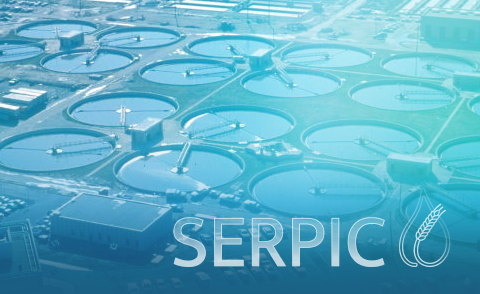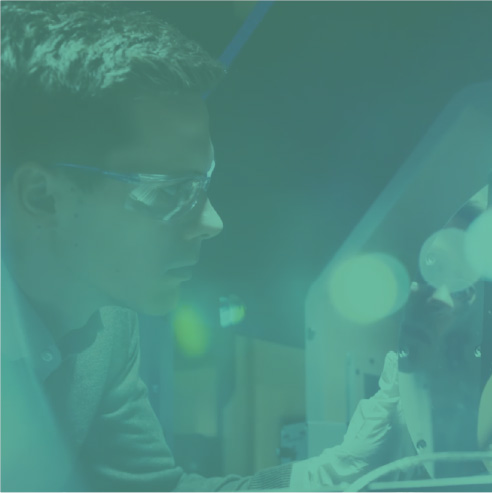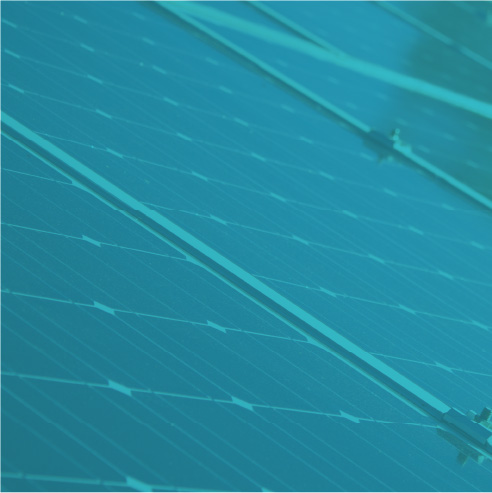Welcome to the
Fraunhofer Innovation Platform for the Water-Energy-Food Nexus at Stellenbosch University FIP-WEF@SU

About us
The FIP-WEF@SU was established in 2020 by Stellenbosch University (SU) and the Fraunhofer-Gesellschaft (Fraunhofer). The aim of this long-term cooperation is to jointly develop needs-based technological and cross-sectoral solutions for water, energy and food security.
The FIP-WEF@SU develops systemic solutions in integrated environmental protection for industry, cities and regions. The field of activity extends to the development of concepts, processes as well as individual technologies and products with the aim of achieving the highest possible resource efficiency, keeping recycling management in mind.
The FIP-WEF@SU involves:
Projects

WASTEC
Water supply technologies for desalination and microbial control in food production for Africa
On January 28th, 2019 in South Africa, Prof. Reimund Neugebauer, President of the Fraunhofer-Gesellschaft, and Prof. Eugene Cloete, Vice Rector of Stellenbosch University, signed the contract for the implementation of an ICON project between …

H2020 Project MinWater CSP
Erection of the Full Scale test facility finally got off to a start on Monday, 19 March 2018. With mechanical and electrical installations to follow soon after, commissioning of the test facility is aimed to be finalized by the end of May 2018.

SafeWaterAfrica
Self-Sustaining Cleaning Technology for Safe Water Supply and Management in Rural African Areas
This EU-funded research and innovation (RIA) project, acronymed SafeWaterAfrica, focuses on a major challenge in African countries: alone in the 16 sub-Saharan African countries collected under the umbrella of the Southern Africa Development…

SERPIC
The Sustainable Electrochemical Reduction of contaminants of emerging concern and Pathogens in wastewater treatment plants effluent for Irrigation of Crops project (SERPIC) will develop an integral technology, based on a multi-barrier approach, to treat the effluents of wastewater treatment plants to maximise the reduction of contaminants of emerging concern.








